How to feed carrots and beets with folk remedies?
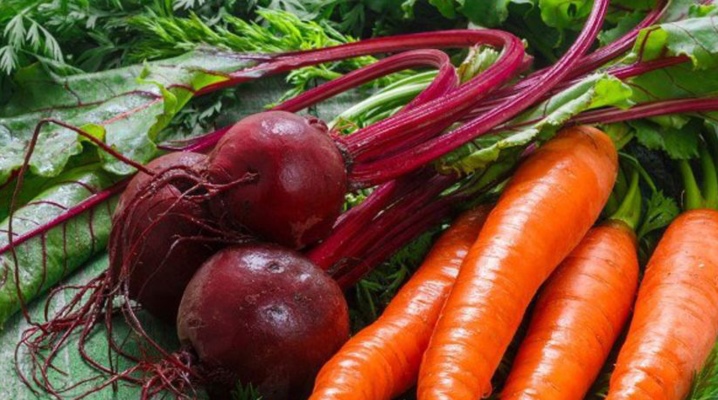
People who have a vegetable garden and take care of their own health often refuse chemical fertilizing and use natural remedies, practicing the experience of the forefathers, and they were aware of what folk remedies to use to feed carrots after germination and grow a truly environmentally friendly crop. There are several types of natural fertilizers available to every gardener and increasing the yield of not only carrots, but also beets.
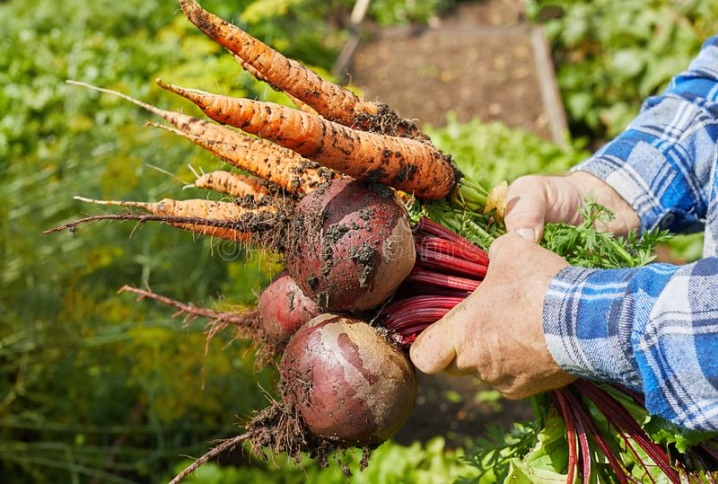
Timing
Carrots and beets are the most unpretentious in the cultivation of vegetables, so gardeners get by with the smallest number of agricultural methods. However, the fertilization of carrots and beets in the open field brings results in terms of the yield level, surpassing the previous ones not only in quantity, but also in quality characteristics.
The first time the vegetable is fed exactly 3 weeks after the seed has germinated and the tops have hardened well. At this time, about 150 g of inorganic substances are introduced into the ground, namely: 60 g of potash, 40 g of phosphorus and 50 g of nitrogen per square meter. Subsequently, you can get by with half of this dose. Someone from the gardeners does not fertilize the carrots at this time, and 1 month after sowing, irrigates the garden with a weak solution of phosphorus-potassium fertilizers, diluting 1 tbsp of water in 10 liters of water. l. nitrophosphate.
The second feeding is carried out no later than 3 weeks after the first feeding with the nutrient composition. For the intensive growth of carrots, mainly potassium fertilizer is needed. In this regard, experts advise to practice potassium sulfate and nitroammophoska in equal volumes: 20 g of granules or powder are dissolved in 10 liters of water. This volume is used to irrigate a 1 m2 garden bed with carrots.
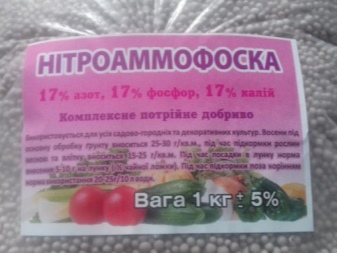
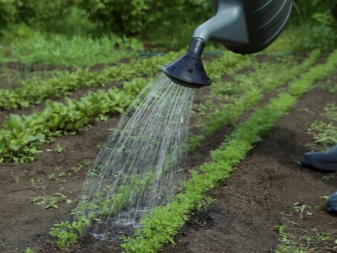
For early maturing carrot varieties in the open field, 2 dressings during the growing season will be enough to get an excellent harvest. And you can improve the taste characteristics by spraying the foliage with humic fertilizer 2 weeks before harvesting. This exercise will allow the beneficial elements to sink into the root vegetables.
When cultivating varieties of late ripening, one more top dressing can be carried out, which should occur at the time of intensive development of root crops. Wherein the complex should be used without fertilizers containing nitrogen.
Experts recommend feeding root crops after abundant irrigation. This makes it possible for useful elements to be proportionally distributed over the garden bed and favors a more complete assimilation by root crops.
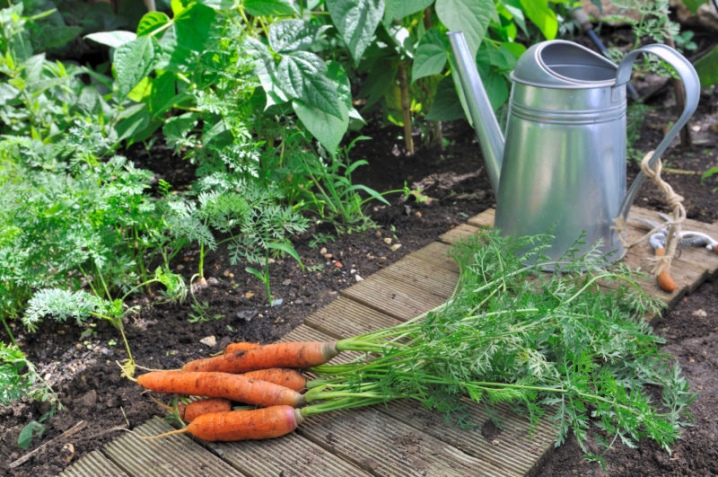
Recipes
Any vegetable, including carrots, lacks nutritional components during the growing season. If you do not feed the plant at this time, then it grows poorly, the yield decreases significantly, often instead of large strong root crops, carrots grow as thick as a little finger. The same can be said about beets: instead of large root crops, their miniature likeness comes out. When a vegetable has not accumulated strength, it will not be stored for a long time, but be that as it may, carrots and beets are grown for winter storage.
Some gardeners fertilize plantings with compounds obtained as a result of a chemical or mechanical process in factories, others practice natural remedies that are harmless to health.
Organic fertilizer is easily absorbed by plants and does not poison the earth and its inhabitants - the same worms needed to loosen the soil.
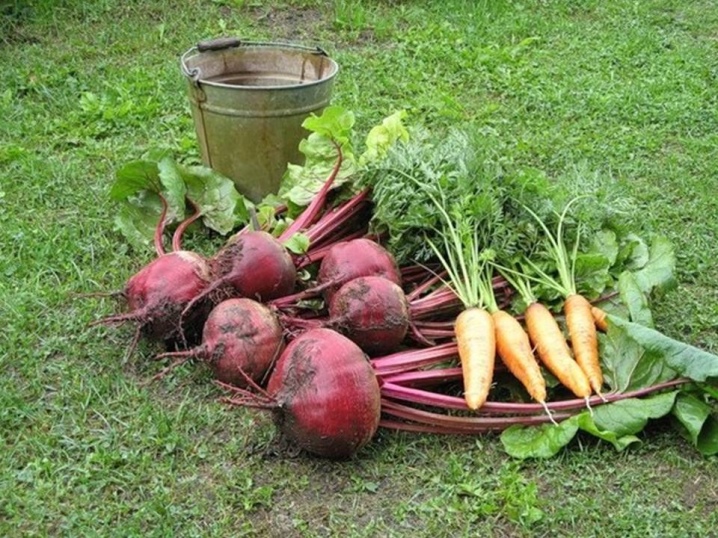
Let's describe the main methods of feeding carrots and beets during the growing season. Carrots and other vegetable crops can be fed with such folk remedies:
- yeast;
- wood ash;
- infusion of nettle;
- iodine;
- rotted manure;
- bird droppings;
- salt;
- complex fertilizer.
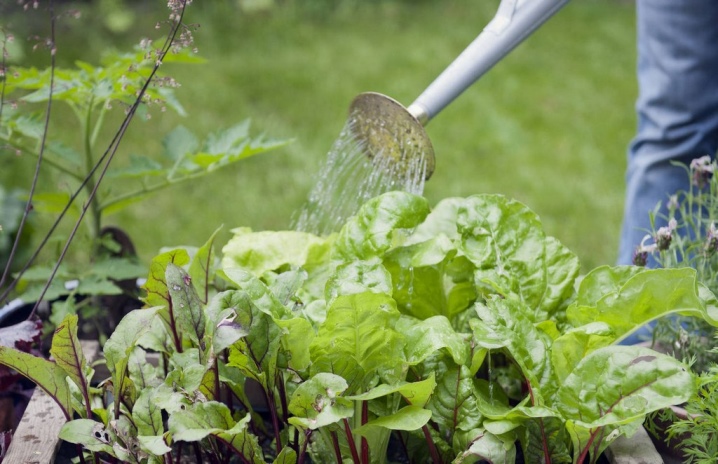
Let's consider in more detail how to prepare and use them, what are the benefits of them.
Yeast
Fresh yeast is a good growth promoter.
The solution is prepared as follows:
- we breed 0.5 kg of yeast in 2.5 liters of water;
- add half a glass of ash - it does not allow potassium to be washed out;
- dilute the composition in a ratio of 1: 10;
- we carry out root dressing.
Yeast feeding saturates carrots with nitrogen, phosphorus and other elements important for growth, improves the quality of the future product and provides a healthy soil microflora.
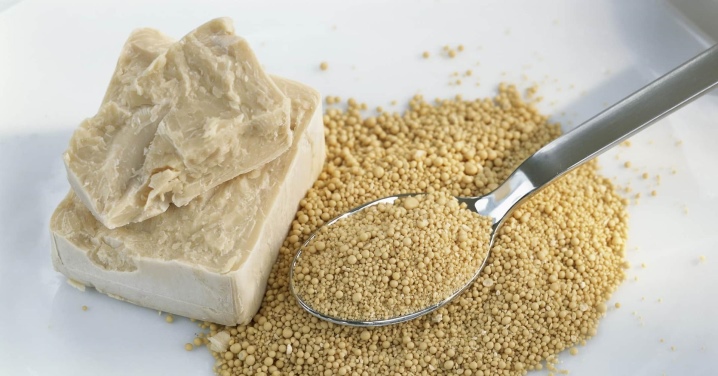
Wood ash
Natural wood ash includes everything that is important for the crop, so feed your roots with it at the initial stage of development.
Young carrots, beets and other vegetables will not be disturbed by mineral feeding in the form of dry ash or ash infusion:
- in June, sprinkle with ash from the ridge, using no more than a glass per 1 m2;
- pour 100 g of ash with a 10-liter bucket of water, leave for half a day and make root irrigation.
Ash provides root crops with potassium, magnesium, sodium and other useful microelements that are important for the intensive growth of green mass, and prevents the appearance of insects.
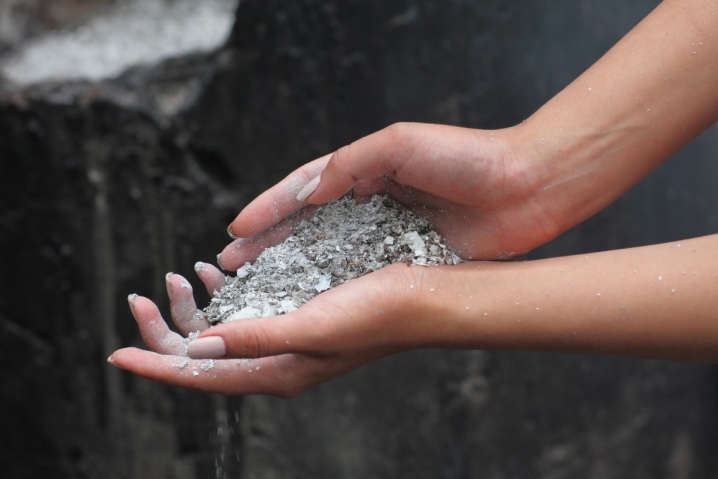
Nettle infusion
It is a herb with a rich composition. The infusion is prepared as follows:
- fill a 10-liter bucket with sprinkled nettles 2/3;
- pour a glass of ash and fill it with water;
- cover with a lid and put away in a warm place;
- we constantly mix the contents: it should begin to ferment (this will take from 5 to 14 days);
- when the mixture ferments, gas bubbles, foam, a green tint, a bad odor will appear;
- dilute 100 ml of the composition in 10 l of water and perform root irrigation.
Nettle infusion provides carrots and beets with magnesium, potassium, iron and other beneficial components.
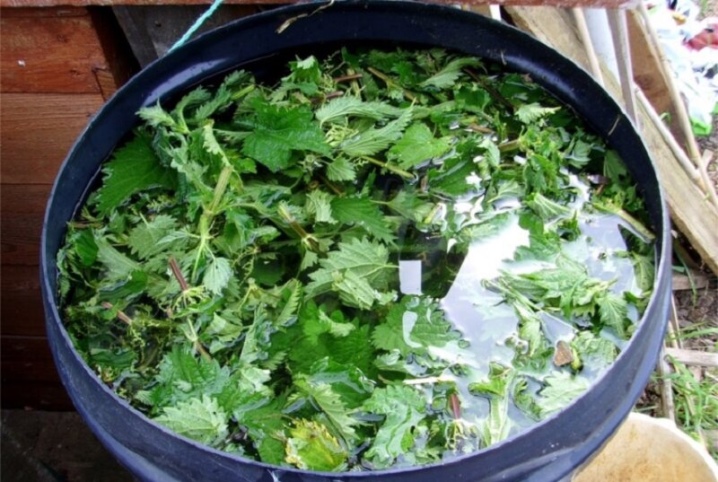
Iodine
After the emergence of seedlings, it will not be superfluous to enrich the earth with an iodine solution: dissolve 20 drops of iodine in 10 liters of water and irrigate the space between the rows.
This product activates the growth of carrots and beets, improves the taste and juiciness of root crops and protects them from diseases and insects.
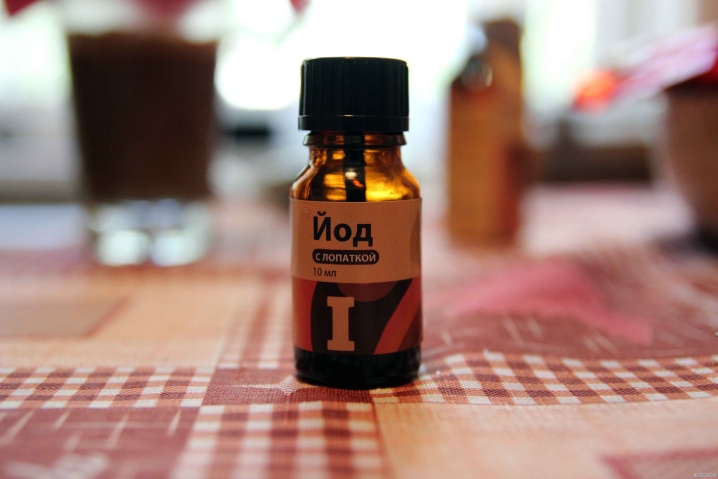
Bird droppings
Poultry droppings contain sufficient amounts of phosphorus, potassium, zinc and other nutrients.
We take 10 parts of water and 1 part of droppings and combine them. After dissolution, we irrigate not the plantings themselves, but the aisles.
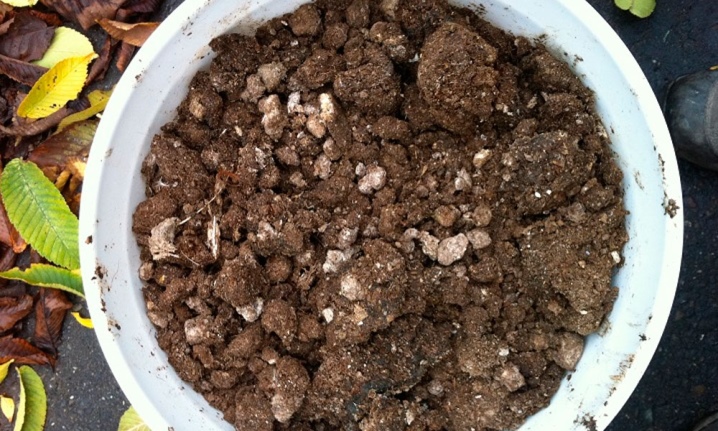
Rotten manure
We dilute 1 part of rotted organic matter in 10 parts of water and irrigate the space between the rows.
This fertilizer contains many valuable elements, including nitrogen, which is necessary for the formation of greenery.
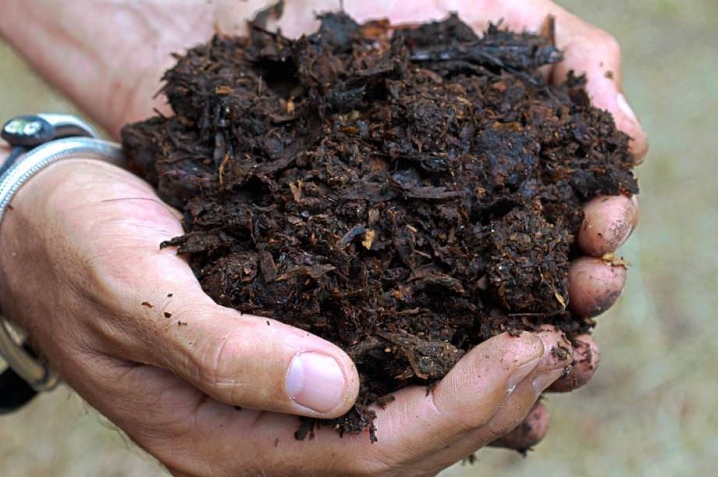
Complex feeding
One remedy is often not enough for the proper growth of carrots and beets, especially if the land is not light and fertile enough. In options with poor soil, it is advisable to use a complex top dressing of several components:
- fill a 10-liter bucket 2/3 with chopped nettles or weeds;
- fill the grass with water - 2/3 of the volume;
- mix everything with 2 glasses of wood ash and a small pack of yeast, cover;
- keep the container in the sun for 2 days, sometimes stirring the contents;
- dilute a glass of finished top dressing with 10 liters of water and make root dressing.
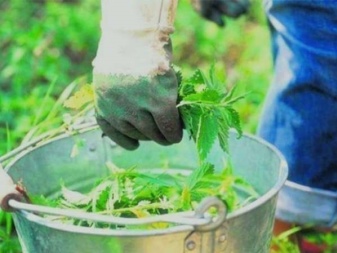

Salt
Auxiliary fertilizers compensate for the lack of components in the soil:
- to saturate the earth with calcium, calcium nitrate is used (50 g per 1 m2);
- boron - orthoboric acid (2.5 g per 10 l of water);
- magnesium - magnesium sulfate (5 g per 1 m2).
When mineral elements are introduced into the ground, rarely anyone pays attention to the sodium deficiency, however, in fact, this component is required by the vegetable for the proper growth, development and formation of root crops. To replenish it, sodium chloride (edible salt) is used.Irrigation is carried out with a solution at the rate of 100 g of sodium chloride per 10 liters of water (10 liters per 1 m2).
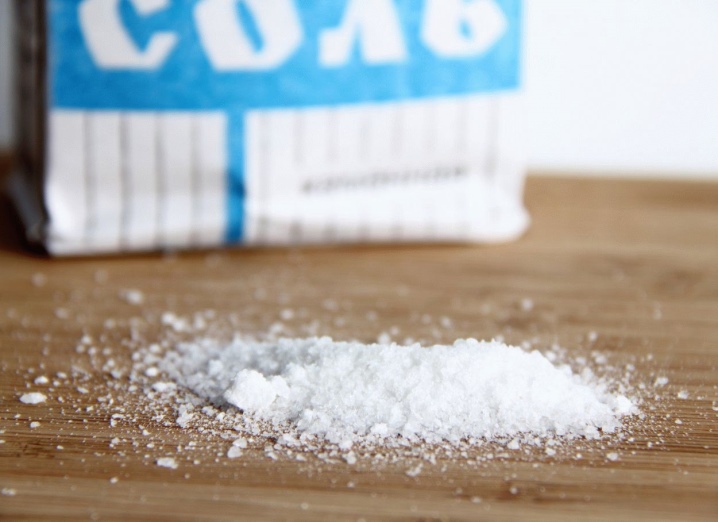
Spraying with salt water allows you to preserve the greens of the tops for a long time and prevent early yellowing - which is necessary in the autumn cold. In addition, it is an excellent way to protect against insects such as beet flies, caterpillars, and aphids. For foliar processing, a solution is used: 60 g of salt per 10 liters of water. In this case, you should not use salt enriched with iodide potassium salts - iodine is good for beets, but it can burn the leaves.
Spraying the composition is safe for humans, only if it gets on the mucous membrane - it can provoke irritation. Therefore, protective goggles should be used and the treatment should be carried out in calm weather.

Feeding rules
Growing root crops is a simple matter if you understand what a plant needs. With regard to feeding, you can focus on 3 basic rules.
- In July, you should not feed the garden with fresh manure. For carrots, such a "treat" is similar to poison: most likely, the plant will die in the next 7 days. The beets will survive, but all that remains is to dream of a good harvest.
- When mid-July has passed, no longer apply mineral fertilizers with a high percentage of nitrogen. Thanks to this, carrots and beets will begin to actively grow tops, and the formation of root crops in the soil will suffer. Ultimately, the harvest will be few and small.
- Carrots and beets are not the most demanding plants for fertilizers. For proper formation, it is enough to feed only once - in July. However, constant loosening and thorough weeding is indispensable.

As you understand, it is possible to grow vegetables without the use of chemicals on your own plot. And when the question is raised, how to fertilize carrots and beets after sprouting: chemical fertilizers or folk remedies, undoubtedly, we vote for organic fertilizers.
For information on how to feed carrots, see the next video.













The comment was sent successfully.